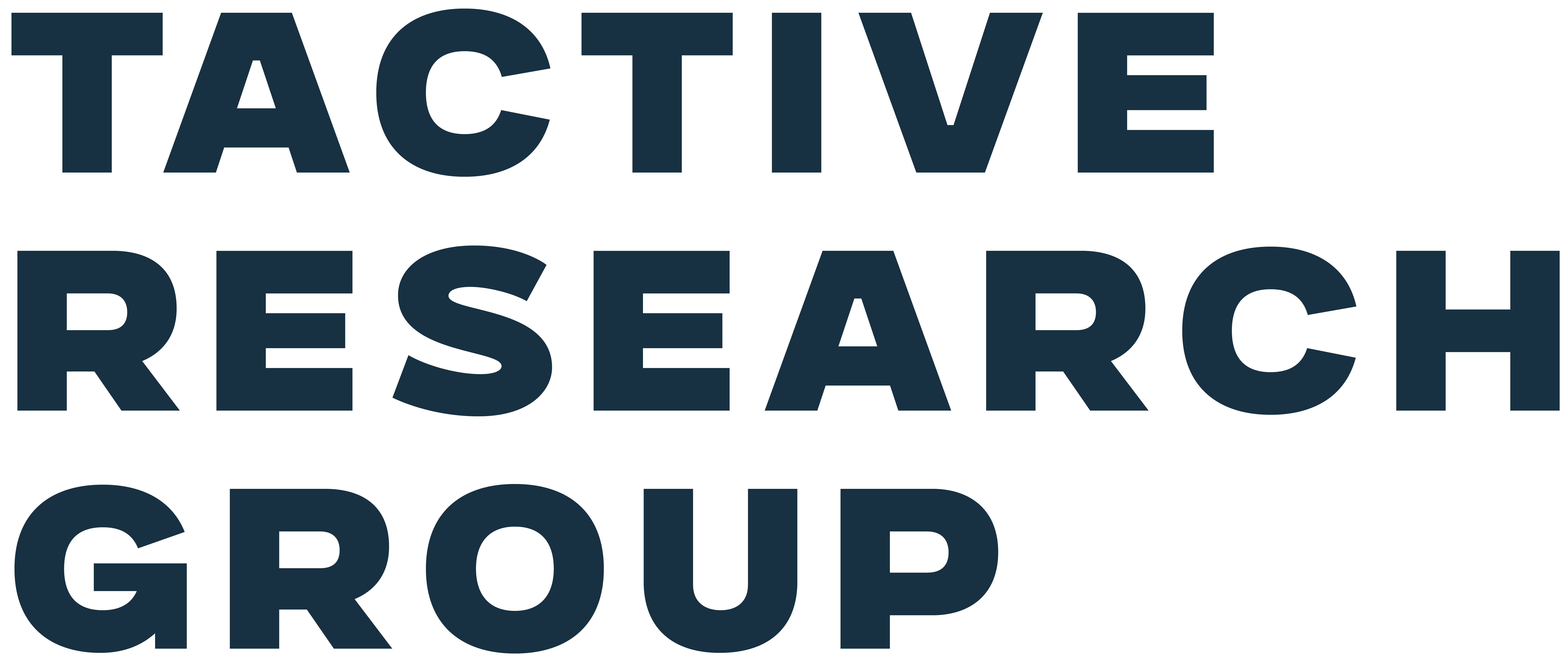Fitness trackers are becoming ubiquitous in health insurance strategies, offering potential for healthier clients and reduced payouts. However, without robust data protection and transparent policies, they risk breaching trust and regulatory compliance. Senior IT leaders must prioritize data security and clear communication to ensure these tools benefit both their business and their customers.
Why You Should Care
- Data privacy gaps. Many fitness trackers collect sensitive health data, but are not covered by HIPAA. This means that data shared with insurers may not be protected under federal health privacy laws, potentially leading to misuse or breaches.
- Legal compliance complexity. Compliance with regulations such as HIPAA imposes stringent requirements on data collection and sharing practices. Non-compliance can result in legal repercussions, including civil and criminal penalties, as well as damage to brand reputation.
- Ethical data use. Ethical concerns arise when users are not fully informed about how their data is collected, stored, and used. Without clear and informed consent, individuals may unknowingly share sensitive health information, potentially leading to privacy breaches.
What You Should Do Next
- Implement robust data protection measures to ensure that all data collected from fitness trackers is encrypted and stored securely to prevent unauthorized access.
- Develop and communicate transparent policies regarding data collection, usage, and sharing to build consumer trust.
- Regularly review and comply with both federal and state-specific data privacy laws to mitigate legal risks.
Get Started
- Conduct a data privacy audit. Assess current data collection and storage practices to identify potential vulnerabilities and areas for improvement.
- Develop a consumer consent framework. Create clear and concise consent forms that inform users about data collection practices and obtain their explicit permission.
- Train staff on data privacy best practices. Ensure that all employees handling sensitive data are educated on privacy laws and ethical data usage standards.
- Engage legal counsel. Consult with legal experts to navigate the complexities of data privacy laws and ensure full compliance.

